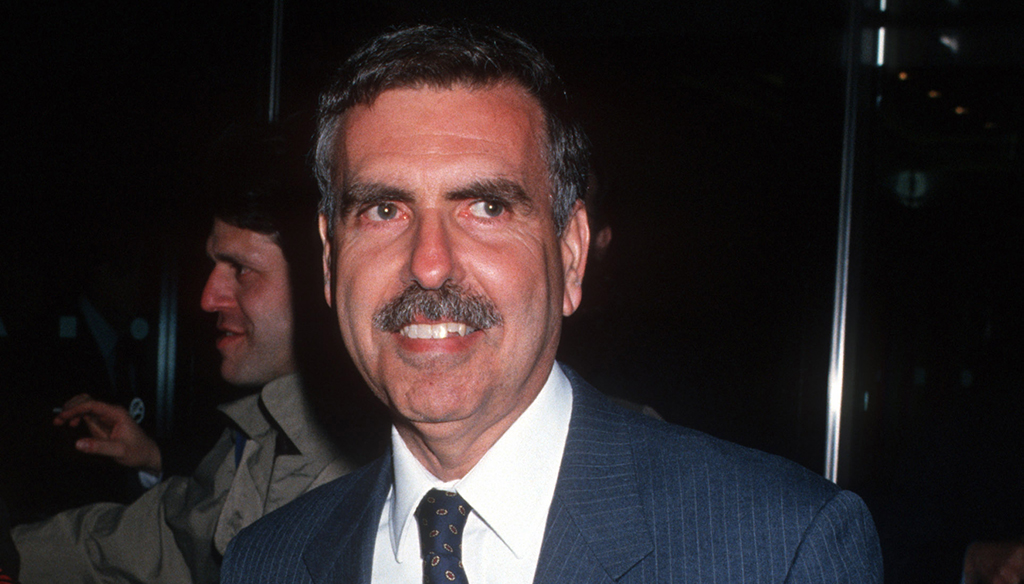
Gerald Levin, former CEO of Time Warner, died March 13. He was 84 and had battled Parkinson’s disease.
Levin ran Time Warner when it merged with AOL in 2000, a partnership that brought together the world’s largest media company and its largest internet company in a $350 billion deal. AOL Time Warner was hatched, but the merger ended up a disaster. The dot-com bubble burst, and the marriage of traditional media and online cultures did not go smoothly.
Time Warner dropped AOL from its name in 2003 and sold AOL to shareholders in 2009.
Levin was born in Philadelphia in 1939. He studied biblical literature and Christian philosophy at Haverford College in Pennsylvania, and got a law degree from the University of Pennsylvania in 1963. After graduation, he worked at a law firm, then moved to the Development and Resources Corp.
Also Read: The Technological Legacy of Time Warner Cable
Levin’s career shifted when he joined cable company Sterling Communications in 1972. Sterling launched Home Box Office, and Levin became the network’s CEO. Levin pushed Sterling parent Time Inc. to transmit regional Home Box Office via satellite, giving it nationwide reach and changing the way cable networks were distributed.
Time Inc. merged with Warner Communications in 1989, and Time Warner was born.
Levin was named co-CEO of Time Warner alongside Steven J. Ross in 1992. He became the sole CEO following Ross’s death that same year.
While he was CEO, Time Warner acquired Turner Broadcasting System, which included CNN, TBS and the Cartoon Network.
Levin was married three times, each one ending in divorce. He is survived by four of his five children. Son Jonathan, who was a teacher in the Bronx, was murdered by a former student in Manhattan in 1997.
Richard Parsons, who succeeded Levin as AOL Time Warner CEO in 2002, told The New York Times that Levin was “one of the smartest guys in the media and entertainment space” and a “visionary” who saw media trends before most everyone else did.







